

Self drilling wood screws, also known as Tek screws, are designed to drill their own pilot holes through wood, saving time and effort. They eliminate the need for pre-drilling, making them ideal for various woodworking and construction applications. This guide provides a detailed overview of their types, uses, and best practices for optimal performance.Understanding Self Drilling Wood ScrewsSelf drilling wood screws are a game-changer in woodworking and construction. Their design allows them to penetrate wood surfaces without the need for pre-drilled holes, streamlining the assembly process. This is especially useful when working with hard woods or in situations where precision is critical.What Makes Them Different?Unlike conventional screws, self drilling wood screws have a specialized drill point that cuts through wood fibers as the screw is driven in. This eliminates the need for a separate drilling step, saving time and reducing the risk of splitting the wood. The flute (groove) removes waste material while the screw advances, ensuring a clean and precise hole.Types of Self Drilling Wood ScrewsSeveral types of self drilling wood screws are available, each designed for specific applications. Understanding these variations will help you choose the right screw for your project.Pan Head Self Drilling Wood ScrewsPan head screws have a rounded top and a flat bearing surface. They are commonly used for general-purpose applications where a flush finish is not required. Their wide head provides excellent holding power. These are often used in furniture assembly and general woodworking.Flat Head Self Drilling Wood ScrewsFlat head screws are designed to sit flush with the surface of the wood. They have a countersunk head that allows them to be driven in until the head is level with the surrounding material. This is ideal for applications where a clean, finished look is desired, such as trim work or cabinet making.Wafer Head Self Drilling Wood ScrewsWafer head screws have a large, thin head that provides a broad bearing surface. They are often used in applications where the screw needs to grip a thin material, such as sheet metal or thin wood panels. They are also less likely to pull through softer materials.Truss Head Self Drilling Wood ScrewsTruss head screws have a low-profile, dome-shaped head that offers a larger bearing surface compared to pan head screws. This makes them suitable for applications where greater holding power is needed without a protruding head. They are often used in roofing and siding applications.Applications of Self Drilling Wood ScrewsSelf drilling wood screws are versatile fasteners suitable for a wide range of applications. Here are some common uses:Woodworking ProjectsFrom building furniture to constructing decks, self drilling wood screws simplify woodworking projects. They eliminate the need for pre-drilling, speeding up the assembly process and reducing the risk of splitting the wood. Their holding power ensures a secure and durable connection.Construction and FramingIn construction, self drilling wood screws are used for framing, sheathing, and other structural applications. Their ability to penetrate wood quickly and securely makes them an efficient choice for fastening lumber and other building materials.Cabinet MakingCabinet makers rely on self drilling wood screws for assembling cabinets, drawers, and other components. The flush-fitting heads of flat head screws provide a clean, professional look, while the strong holding power ensures that the cabinets remain sturdy and secure.Decking and FencingSelf drilling wood screws are ideal for building decks and fences. Their corrosion-resistant properties make them suitable for outdoor applications, and their ability to penetrate wood without pre-drilling simplifies the construction process. Look for screws specifically designed for exterior use to ensure long-lasting performance.Choosing the Right Self Drilling Wood ScrewsSelecting the appropriate self drilling wood screws for your project is crucial for ensuring a secure and reliable connection. Here are some factors to consider:Material CompatibilityEnsure that the screws are compatible with the type of wood you are using. Hardwoods may require screws with a more aggressive drill point, while softwoods may be suitable for screws with a less aggressive point. Consider the moisture content of the wood, as this can affect the screw's holding power.Screw Size and LengthChoose the appropriate screw size and length for your application. The length of the screw should be sufficient to penetrate the wood securely, but not so long that it protrudes through the other side. The diameter of the screw should be appropriate for the thickness of the wood and the amount of holding power required.Head TypeSelect the head type that is best suited for your application. Flat head screws are ideal for flush-fitting applications, while pan head screws are suitable for general-purpose use. Wafer head screws are useful for thin materials, and truss head screws provide a larger bearing surface for greater holding power.Coating and FinishConsider the coating and finish of the screws, especially for outdoor applications. Corrosion-resistant coatings, such as zinc plating or stainless steel, are essential for protecting the screws from rust and corrosion. Choose a finish that complements the appearance of your project.Best Practices for Using Self Drilling Wood ScrewsTo achieve optimal performance with self drilling wood screws, follow these best practices:Start StraightBegin by positioning the screw perpendicular to the surface of the wood. This will ensure that the screw enters the wood straight and true, preventing it from wobbling or bending.Apply Consistent PressureApply consistent pressure while driving the screw in. Avoid applying too much pressure, as this can strip the threads or break the screw. Use a variable-speed drill or screwdriver to control the speed and torque.Avoid Over-TighteningAvoid over-tightening the screw, as this can damage the wood or strip the threads. Stop driving the screw when the head is flush with the surface of the wood, or slightly below the surface for flat head screws.Use the Right Driver BitUse the correct driver bit for the screw head. This will prevent the bit from slipping and damaging the screw head. Ensure that the bit is in good condition and properly sized for the screw.Troubleshooting Common IssuesEven with the best practices, you may encounter some common issues when using self drilling wood screws. Here are some tips for troubleshooting:Screw StrippingIf the screw is stripping the wood, try using a larger screw or a screw with a more aggressive thread. You can also try pre-drilling a pilot hole slightly smaller than the screw diameter to provide a better grip.Screw BreakingIf the screw is breaking, try using a screw made from a stronger material, such as stainless steel. You can also try reducing the speed and torque of your drill or screwdriver to prevent the screw from being overstressed.Screw WobblingIf the screw is wobbling, try starting the screw at a slightly different angle. You can also try using a screw with a longer shank to provide more stability.Where to Buy Self Drilling Wood ScrewsSelf drilling wood screws are widely available at hardware stores, home improvement centers, and online retailers. Here are some popular options:Local Hardware Stores: Check your local hardware store for a variety of self drilling wood screws. They often have knowledgeable staff who can help you choose the right screw for your project.Home Improvement Centers: Major home improvement centers like Home Depot and Lowe's offer a wide selection of screws, including self drilling wood screws.Online Retailers: Online retailers like Amazon and Hebei Muyi Import&Export Trading Co.,Ltd offer a vast selection of self drilling wood screws at competitive prices. You can easily compare different brands and sizes to find the best option for your needs. Consider visiting Hebei Muyi Import&Export Trading Co.,Ltd's website for high-quality options.Self drilling wood screws are invaluable for woodworking and construction. By understanding their types, applications, and best practices, you can achieve professional results and simplify your projects.Frequently Asked Questions (FAQs)Are self drilling wood screws suitable for hardwoods?Yes, self drilling wood screws can be used for hardwoods, but it's essential to choose screws with a more aggressive drill point designed for harder materials. Pre-drilling a pilot hole can also help prevent the screw from breaking.Can I use self drilling wood screws for outdoor projects?Yes, but make sure to choose screws with a corrosion-resistant coating, such as zinc plating or stainless steel, to protect them from rust and corrosion. Look for screws specifically designed for exterior use.Do I need to pre-drill a pilot hole when using self drilling wood screws?No, the primary advantage of self drilling wood screws is that they eliminate the need for pre-drilling. However, in very hard woods or when using larger screws, pre-drilling a small pilot hole can help prevent splitting and make the screwing process easier. Comparison of Screw Head Types Head Type Description Common Uses Pan Head Rounded top with a flat bearing surface. General-purpose applications, furniture assembly. Flat Head Countersunk head designed to sit flush with the surface. Trim work, cabinet making. Wafer Head Large, thin head with a broad bearing surface. Thin materials, sheet metal. Truss Head Low-profile, dome-shaped head with a larger bearing surface. Roofing, siding.

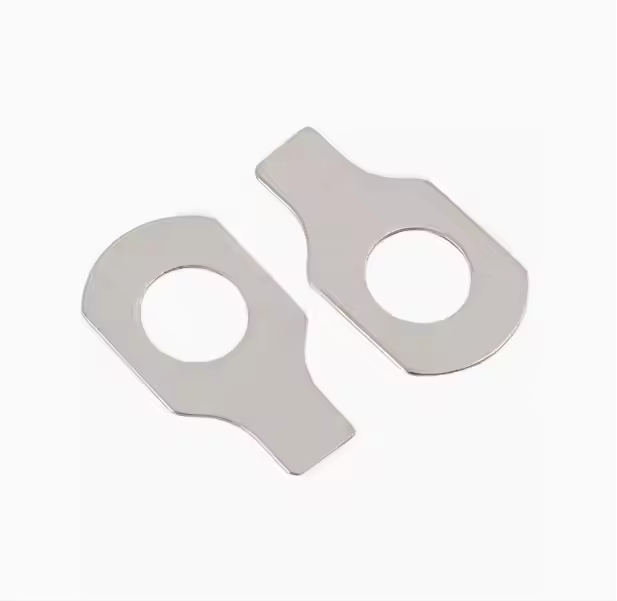
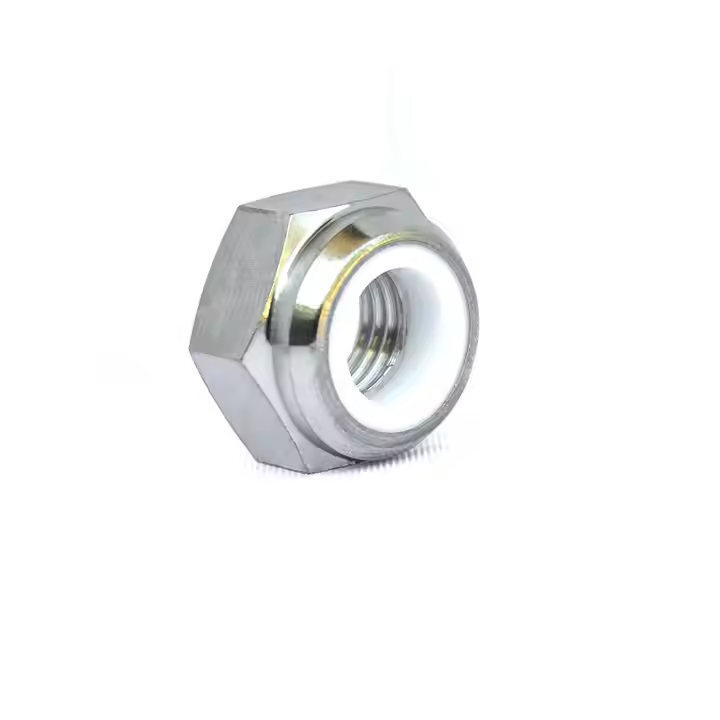
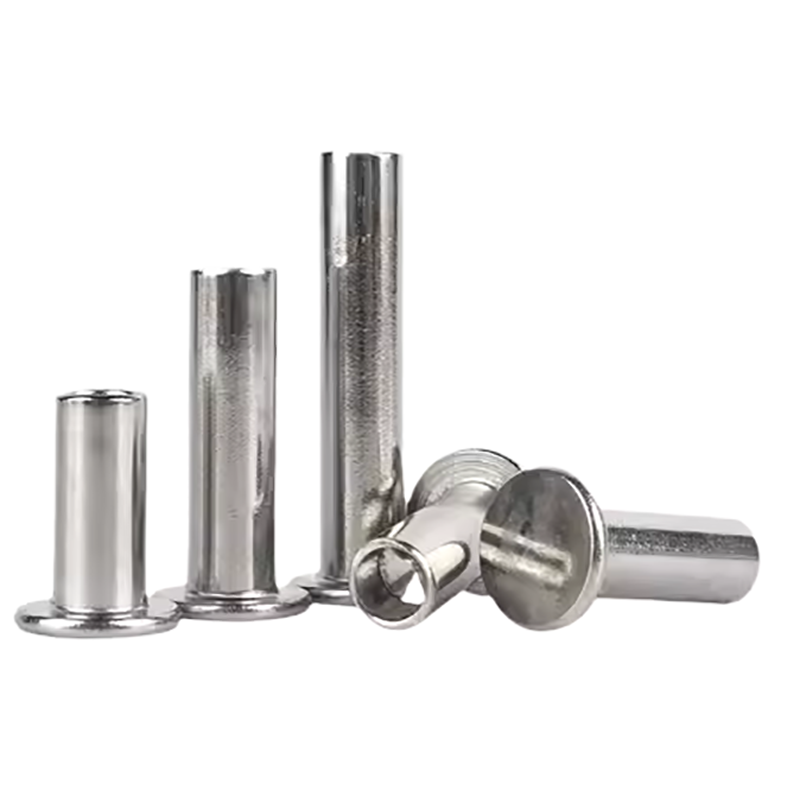
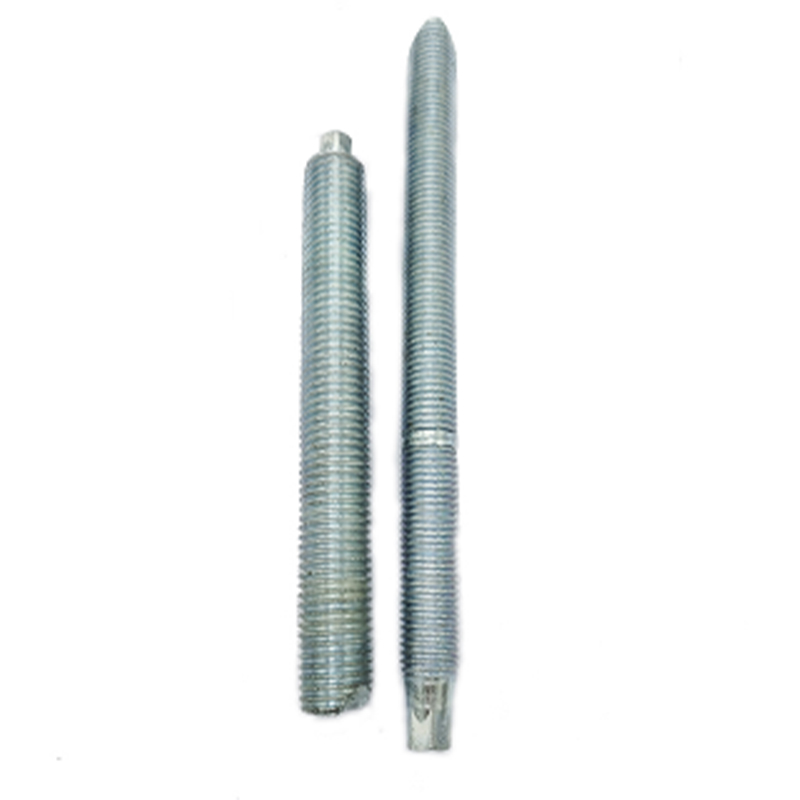


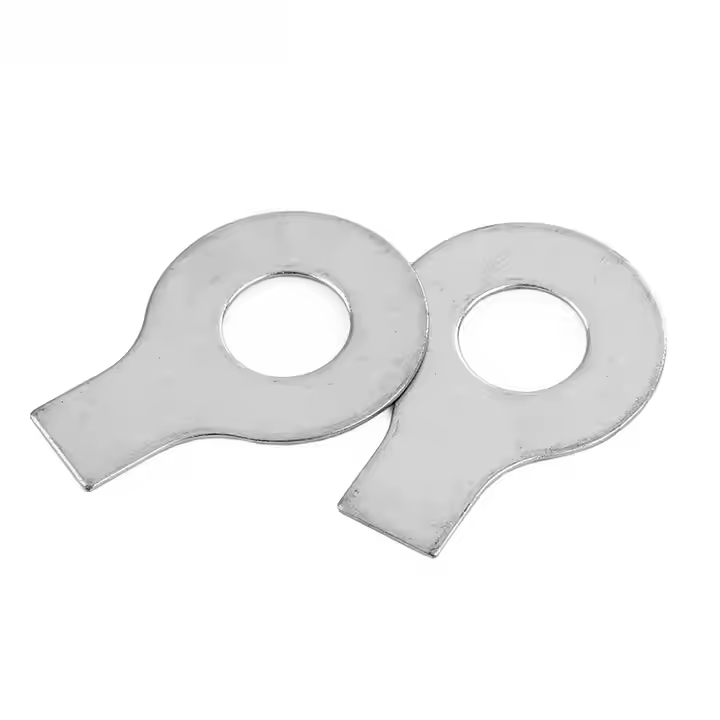

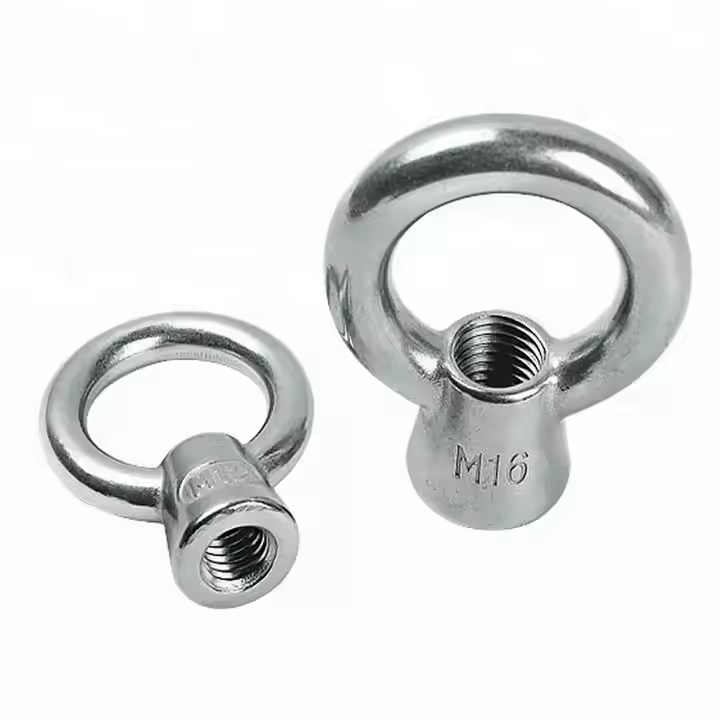
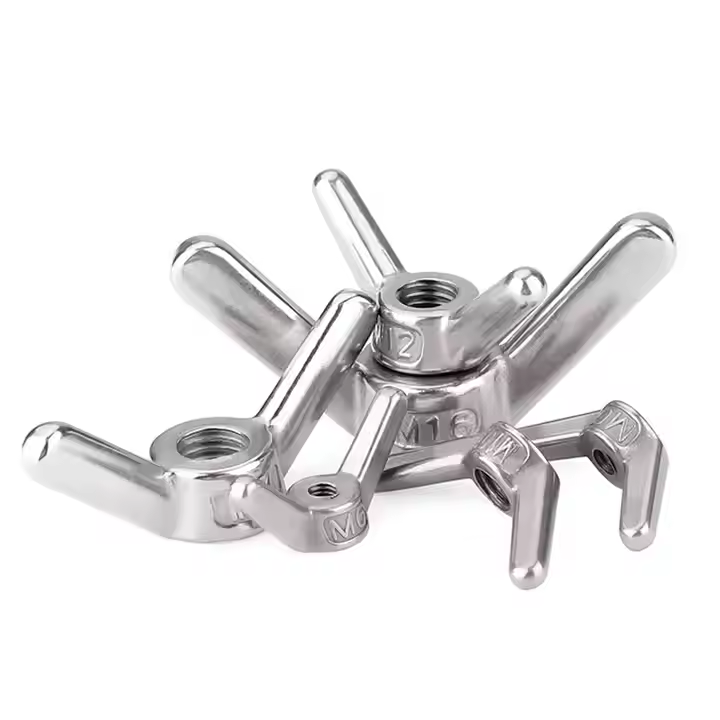
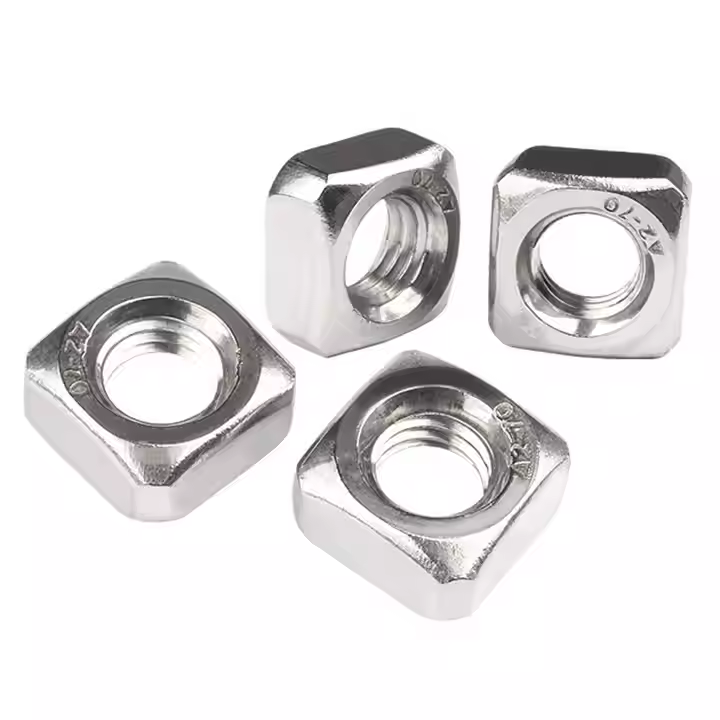
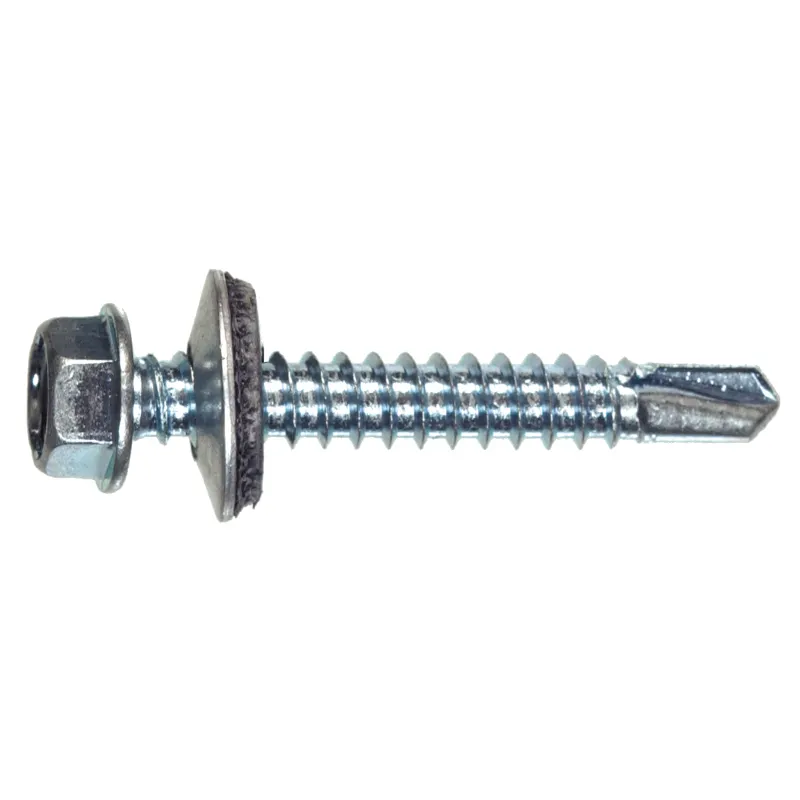
Please enter your email address and we will reply to your email.